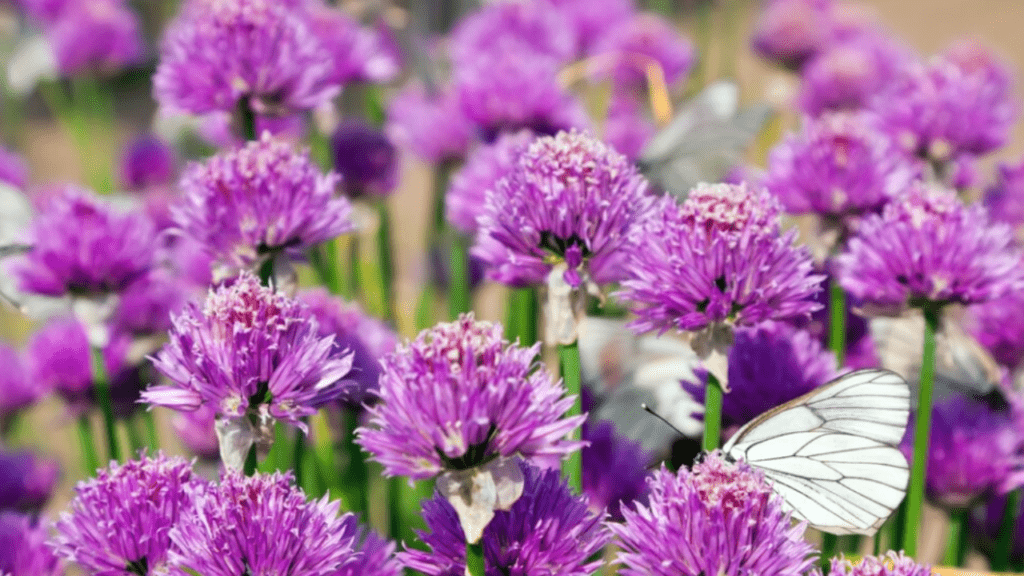
Summer Beauty Allium Plant: Your Essential Guide to Stunning Garden Blooms
Summer beauty allium plants are a stunning addition to any garden, with their vibrant colors and unique shape. In this essential guide, we will cover everything you need to know about growing and caring for these beautiful plants. Whether you’re a beginner or an experienced gardener, this article will provide you with valuable tips and tricks for creating a beautiful outdoor space with stunning garden blooms. From planting to maintenance, we’ve got you covered. So, let’s dive in and discover the beauty of summer allium plants.
Summer beauty allium plants are an essential addition to any garden landscape. Their vibrant colors and unique shape can add a stunning visual appeal to any outdoor space. These plants are easy to grow and care for, making them a great choice for both beginner and experienced gardeners. They are known for their tall stems and round, globe-like flower heads, which come in a variety of colors including purple, pink, and white. These blooms can add a pop of color and texture to any garden, creating a beautiful and eye-catching display.
One of the benefits of summer beauty allium plants is that they are low maintenance and can thrive in a variety of soil types and conditions. They also attract pollinators such as bees and butterflies, making them a great addition to any pollinator garden. When planting summer beauty alliums, it’s important to choose a sunny spot with well-drained soil. These plants do best in full sun and can tolerate dry conditions once established.
In terms of care, summer beauty alliums require minimal maintenance. Deadheading the spent flowers can encourage new blooms and help to maintain a tidy appearance. In some cases, these plants can naturalize and multiply over time, creating a beautiful and impressive display in the garden.
Overall, summer beauty allium plants are a great addition to any garden landscape. Their stunning blooms and low maintenance nature make them a must-have for anyone looking to add visual interest and color to their outdoor space. Whether you’re a seasoned gardener or just starting out, these plants are sure to be a beautiful and rewarding addition to your garden.
Table of Contents
ToggleBotanical Profile of Summer Beauty Allium Plant
Summer beauty allium plants are part of the Allium genus, which includes onions, garlic, and chives. These plants are known for their striking globe-shaped flower clusters that sit atop tall, sturdy stems. The blooms range in color from deep purple to pink and can add a pop of color to any garden. Summer beauty alliums typically bloom in the late spring to early summer, adding visual interest and attracting pollinators to the garden.
In terms of growing conditions, summer beauty alliums thrive in sunny locations with well-drained soil. They prefer full sun and can tolerate dry conditions once established. These plants are relatively low-maintenance and require minimal care. Deadheading the spent flowers can encourage new blooms and help maintain a tidy appearance. In some cases, summer beauty alliums can naturalize and multiply over time, creating a stunning display in the garden.
Overall, the botanical profile of summer beauty allium plants makes them a desirable addition to any garden landscape. Their beautiful blooms, low maintenance nature, and ability to attract pollinators make them a must-have for gardeners looking to add visual interest and color to their outdoor space. Whether you’re an experienced gardener or just starting out, summer beauty alliums are sure to be a rewarding and beautiful addition to your garden.
Origins and Natural Habitat
A. Native regions
refer to the areas where a particular plant species naturally occurs and thrives in the wild. Understanding a plant’s native region can provide valuable insight into its care and growing conditions. For summer beauty alliums, their native regions include parts of Europe and Asia. In the wild, these plants can be found in grasslands, meadows, and rocky slopes, where they thrive in full sun and well-drained soil. Knowing the native regions of summer beauty alliums can help gardeners recreate similar growing conditions in their own garden, allowing the plants to flourish and thrive. This knowledge can also guide gardeners in choosing the right companion plants and creating a landscape that mimics the natural habitat of summer beauty alliums. By incorporating native plant species into garden designs, gardeners can create sustainable and ecologically friendly landscapes that support local wildlife and contribute to biodiversity.
B. Growing conditions in the wild
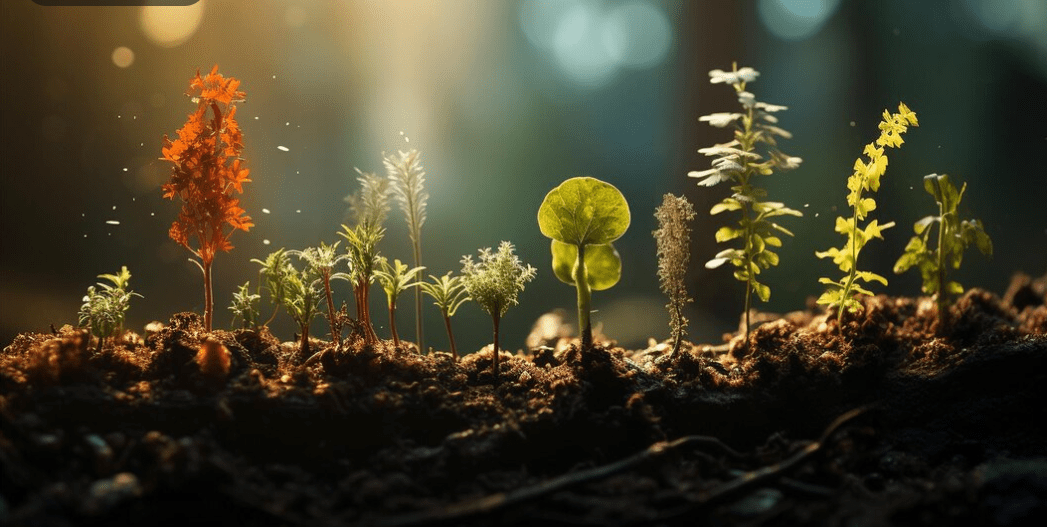
play a crucial role in the success of a plant species. Understanding the specific growing conditions of a plant in its native region can help gardeners replicate those conditions in a garden setting. For example, plants like summer beauty alliums thrive in specific conditions, such as full sun and well-drained soil. By recreating these conditions in a garden, gardeners can ensure the health and growth of the plants. Additionally, knowing the native regions of a plant can also guide gardeners in choosing companion plants that are well-suited to the same conditions. This approach to gardening can not only create a beautiful landscape but also contribute to supporting local wildlife and promoting biodiversity. By incorporating native plant species into garden designs, gardeners can create sustainable and ecologically friendly landscapes that benefit both the plants and the local ecosystem.
C. Adaptations for cultivation in gardens
are crucial for the success of plant species. Understanding the specific growing conditions of a plant in its native region can help gardeners replicate those conditions in a garden setting. For example, plants like summer beauty alliums thrive in specific conditions, such as full sun and well-drained soil. By recreating these conditions in a garden, gardeners can ensure the health and growth of the plants. Additionally, knowing the native regions of a plant can also guide gardeners in choosing companion plants that are well-suited to the same conditions. This approach to gardening can not only create a beautiful landscape but also contribute to supporting local wildlife and promoting biodiversity. By incorporating native plant species into garden designs, gardeners can create sustainable and ecologically friendly landscapes that benefit both the plants and the local ecosystem. Researching the specific needs and adaptations of plant species can help gardeners create thriving, sustainable gardens that support the natural environment.
Cultivation and Care of Summer Beauty Allium
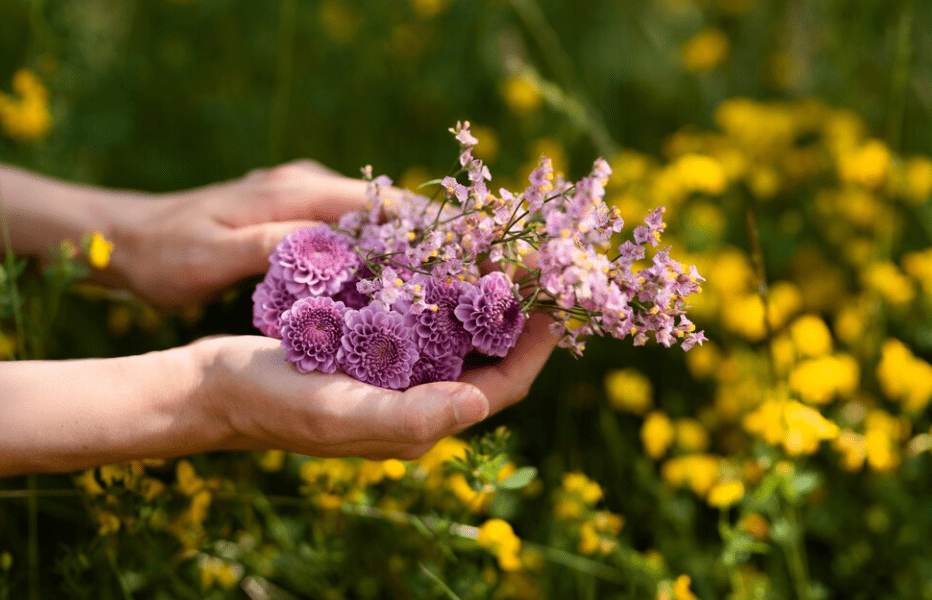
A. Sunlight and soil requirements
are essential for the successful cultivation and care of summer beauty alliums. These plants thrive in full sun, so it’s important to plant them in an area of the garden that receives at least six hours of sunlight per day. Additionally, well-drained soil is crucial for the health of summer beauty alliums. To ensure proper drainage, gardeners can mix in some sand or compost with the soil before planting. It’s also important to avoid overwatering, as these plants prefer drier soil conditions. By understanding and meeting the sunlight and soil requirements of summer beauty alliums, gardeners can ensure the successful growth and blooming of these beautiful plants.
B. Planting techniques and spacing
are important factors to consider when growing summer beauty alliums. When planting these plants, it’s best to dig a hole that is about two to three times wider than the plant’s root ball. This will give the roots plenty of room to spread out and establish themselves. After placing the plant in the hole, the soil should be backfilled and lightly tamped down to remove any air pockets. It’s also crucial to space the summer beauty alliums properly to allow for adequate air circulation and prevent overcrowding. Typically, these plants should be spaced about 6-8 inches apart to give them enough room to grow and flourish.
By following these planting techniques and spacing guidelines, gardeners can ensure that their summer beauty alliums have the best chance of thriving and producing beautiful blooms.
C. Watering and fertilization tips
are essential for the healthy growth of summer beauty alliums. These plants require regular watering, especially during the hot summer months. It’s best to water them deeply, ensuring that the soil is moist but not waterlogged. Additionally, applying a balanced fertilizer during the growing season can help promote strong, healthy growth and vibrant blooms. It’s important to follow the instructions on the fertilizer package and avoid over-fertilizing, as this can damage the plants. By providing the right amount of water and nutrients, gardeners can help their summer beauty alliums thrive and bring beauty to their gardens.
D. Pest and disease management
is crucial for the health and vitality of summer beauty alliums. Keep an eye out for common pests such as thrips, aphids, and onion maggots, as well as diseases like downy mildew and botrytis. To prevent infestations and infections, consider using insecticidal soap or neem oil for pest control and applying a fungicide for disease management. Regularly inspect the plants for any signs of pests or disease, and take prompt action to address any issues that may arise. By being proactive in pest and disease management, gardeners can ensure that their summer beauty alliums stay healthy and vibrant throughout the growing season.
Seasonal Bloom and Flowering Period
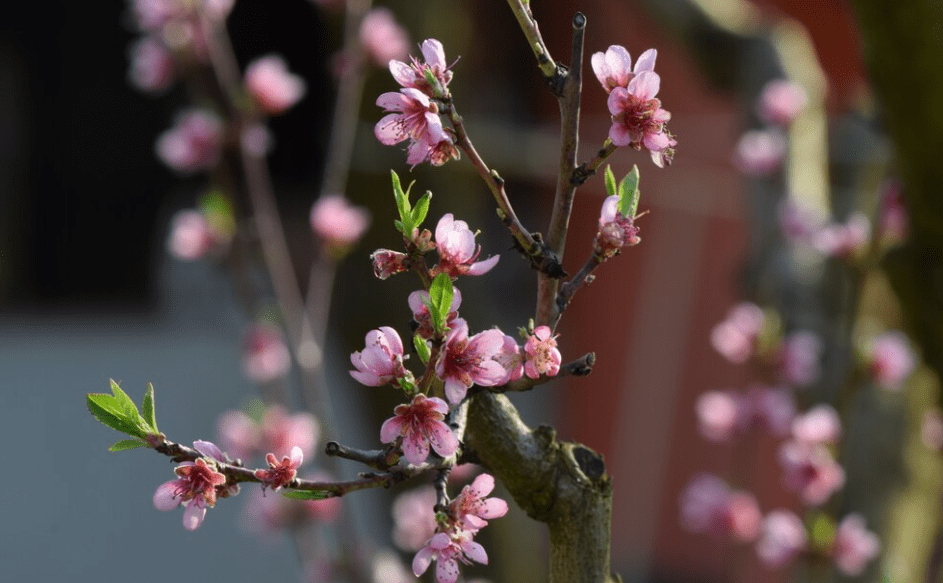
Summer beauty alliums are known for their stunning, globe-shaped flowers that bloom in the summer months. These flowers typically have a long blooming period, lasting for several weeks to even a few months, depending on the specific variety and growing conditions. It’s important to note that the blooming period of summer beauty alliums can vary based on factors such as the climate, soil quality, and care provided. By providing the right growing conditions and proper care, gardeners can help extend the blooming period of these beautiful flowers and enjoy their vibrant colors for an extended time.
A. Timing of bloom during the summer season
Summer beauty alliums typically bloom in the summer months, producing stunning globe-shaped flowers that can last for several weeks to a few months. The specific timing of the bloom can vary based on factors such as climate, soil quality, and care provided. By providing the right growing conditions and proper care, gardeners can help extend the blooming period of these beautiful flowers and enjoy their vibrant colors for an extended time. It’s important to keep an eye out for common pests and diseases during the blooming period to ensure the health and vibrancy of the flowers.
B. Factors influencing bloom duration and intensity
of summer beauty alliums include climate, soil quality, and care. The timing of the bloom during the summer season is important to consider, as different climates and regions may have varying bloom times. Additionally, the quality of the soil and the care provided to the plants can influence the duration and intensity of the blooms. Providing the right growing conditions, such as well-drained soil and adequate sunlight, can help promote a longer and more vibrant blooming period. Proper care, such as regular watering and fertilization, can also contribute to the health and longevity of the blooms. It’s important to monitor and address any issues related to pests and diseases to ensure that the alliums can continue to bloom beautifully throughout the summer season. Overall, by considering these factors and providing the necessary attention and care, gardeners can help maximize the duration and intensity of the blooms of summer beauty alliums.
Maintenance and Pruning
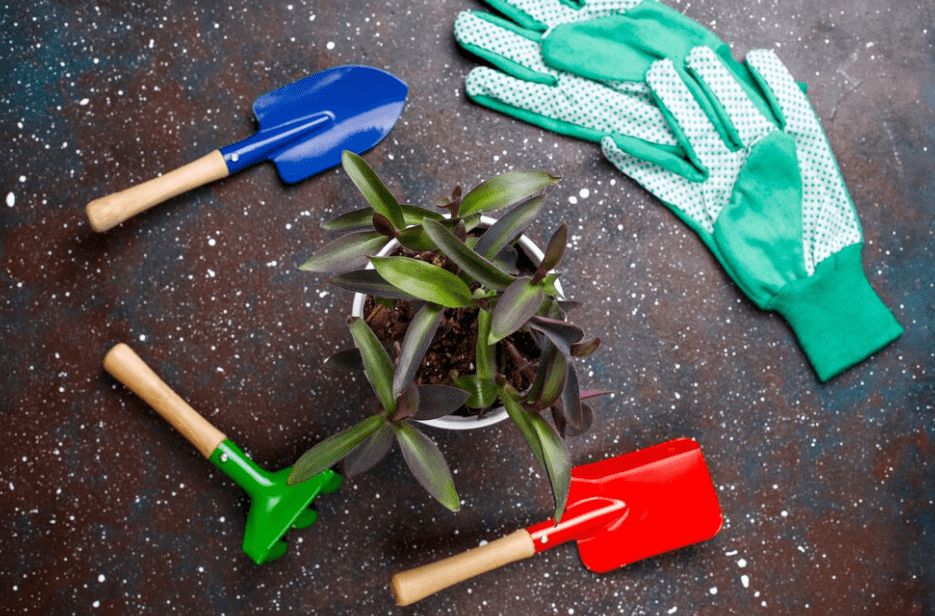
Maintenance and Pruning are essential for the health and growth of summer beauty alliums. Proper maintenance, such as regular watering, weeding, and fertilizing, can help ensure that the plants have the necessary nutrients and care to thrive. It’s important to monitor the soil quality and make sure it is well-drained to prevent waterlogging, which can lead to root rot. Pruning is also important to remove any dead or damaged foliage and to promote new growth and blooming. Additionally, pruning can help maintain the shape and size of the plant, preventing overcrowding and ensuring adequate airflow and sunlight for alliums. By providing the right maintenance and pruning, gardeners can help their summer beauty alliums to flourish and bloom beautifully throughout the summer season.
Creative Uses of Summer Beauty Allium
There are many creative uses for summer beauty alliums in your garden. These beautiful flowers can be used as a focal point in a flower bed, as a border for a garden, or even in a container garden. Their unique and eye-catching spherical blooms add a pop of color and interest to any garden space. Additionally, you can use them in floral arrangements to bring a touch of summer beauty indoors. It’s important to monitor and address any issues related to pests and diseases to ensure that the alliums can continue to bloom beautifully throughout the summer season. Overall, by considering these factors and providing the necessary attention and care, gardeners can help maximize the duration and intensity of the blooms of summer beauty alliums. Maintenance and Pruning are essential for the health and growth of summer beauty alliums. Proper maintenance, such as regular watering, weeding, and fertilizing, can help ensure that the plants have the necessary nutrients and care to thrive. It’s important to monitor the soil quality and make sure it is well-drained to prevent waterlogging, which can lead to root rot. Pruning is also important to remove any dead or damaged foliage and to promote new growth and blooming. Additionally, pruning can help maintain the shape and size of the plant, preventing overcrowding and ensuring adequate airflow and sunlight for alliums. By providing the right maintenance and pruning, gardeners can help their summer beauty alliums to flourish and bloom beautifully throughout the summer season.
In conclusion, growing summer beauty allium plants can add stunning blooms to your garden and create a beautiful outdoor space. By following the tips and guidelines provided in this article, you can ensure that your allium plants thrive and create a visually appealing garden. Whether you’re a beginner or experienced gardener, this essential guide will help you achieve stunning results with your summer beauty allium plants. Happy gardening!
Frequently asked questions And Answer
An Allium plant is a member of the onion family and is known for its large, spherical blooms that add a stunning pop of color to any garden.
Allium plants typically bloom in the summer, usually in late spring to early summer, depending on the variety.
Allium plants prefer well-drained soil and full sun. They should be planted in the fall and require minimal maintenance once established.
Yes, Allium bulbs can be planted in pots as long as the pot has good drainage and the plants receive adequate sunlight.
Yes, Allium plants are known to attract bees, butterflies, and other pollinators to the garden, making them a great addition for supporting local wildlife.
Yes, Allium plants are typically deer-resistant, making them a great choice for gardens in areas with high deer populations.
Yes, Allium blooms make stunning cut flowers and can be used in flower arrangements to add height and texture.
Allium plants can vary in height depending on the variety, but they generally range from 12 inches to 4 feet tall, making them a versatile choice for garden borders and beds.
